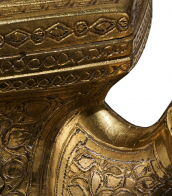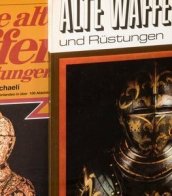grant of arms


Paul Storr was an English goldsmith and silversmith working in the Neoclassical and other styles during the late 18th and early 19th centuries. His works range from simple tableware to magnificent sculptural pieces made for royalty.

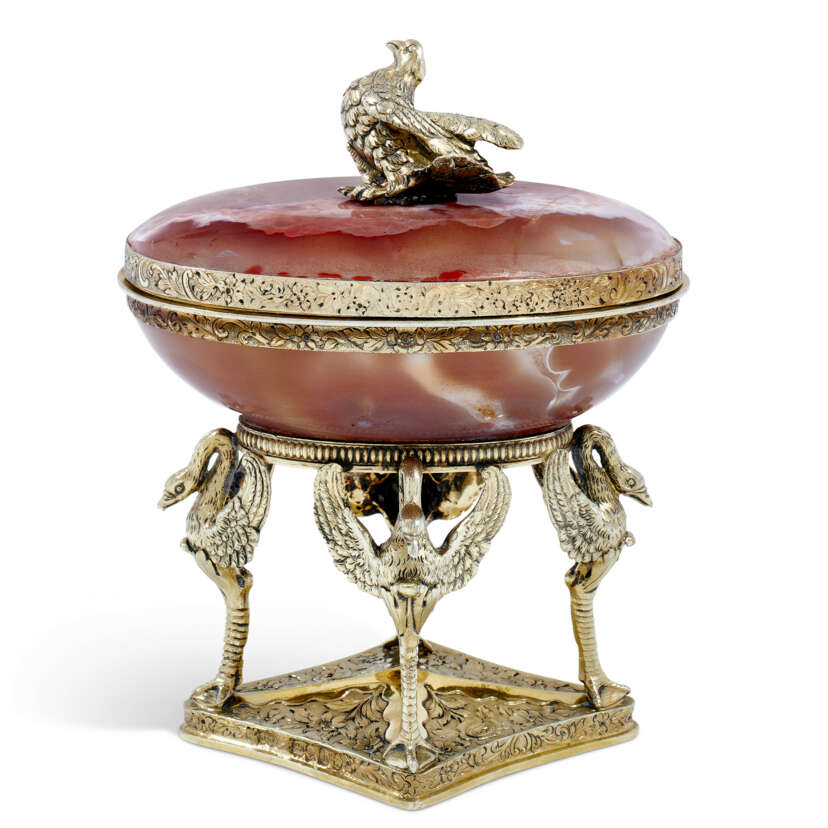


Ulysses S. Grant, born Hiram Ulysses Grant, was an American politician and military leader who was the 18th President of the United States (March 4, 1869 - March 4, 1877).
Grant's father was a tanner and enrolled his son in the United States Military Academy at West Point, New York. Ulysses Grant distinguished himself in the Mexican-American War, then fought in the Civil War, was a brigadier general, and was given command of the District of Southeast Missouri. In March, 1864, Grant became lieutenant general and was given command of all the armies of the United States. In 1866, he was promoted to the newly established rank of general in the U.S. Army.
Grant continued as commander-in-chief after Lincoln's assassination and during the administration of U.S. President Andrew Johnson. However, the situation was such that Ulysses Grant won the next presidential election and became the 18th President of the United States on March 4, 1869. He was politically inexperienced and personally clean, but his time as president was marked by corruption and scandals. During his two presidential terms, Grant worked hard to re-unite the North and South, opposing the nascent Ku Klux Klan.
In 1877, after leaving the presidency, Grant traveled around the world with his wife, and everywhere he was received with glee. Then his attempts at business led to complete bankruptcy. Ulysses Grant spent the last years of his life writing his memoirs while battling poverty and throat cancer. With the help of writer Mark Twain, his two-volume work was published in 1885, two months before the author's death.







William Milligan Sloane is an American educator and historian.
Sloane graduated from Columbia College, then taught history and chaired departments at Princeton and Columbia. He subsequently earned a doctorate from the University of Leipzig. William Sloane wrote several books on European history. The best known of these was Napoleon Bonaparte (4 vols., 1895-97), a monumental work of biographical and historical literature.
He later served as president of the American Academy of Arts and Letters (1920-28), the American Historical Association, and the National Institute of Arts and Letters. Sloane was also an officer of the French Legion of Honor and a Commander of the Order of the Polaris of Sweden. William Sloane was also a founding member of the IOC and served on its board from 1894 to 1924.


Laura Keene, born Mary Frances Moss, was a British and American stage actress and theater manager.
Mary made her London debut in 1851 as Laura Keene, joining the Madame Vestris Theater Company, where she soon became well known in comedies and feuds. In 1852, Keene arrived in New York City, where she performed with the troupe of James W. Wallack, a year later at the Charles Street Theater, and in 1854 in San Francisco. Here she had already begun staging her own productions.
In 1855, Keene returned to New York to play at the Metropolitan Theater, which she renamed the Laura Keene Variety Theater, and built her own theater. Within eight years she was a major theater producer and director at her theater. Laura Keene's productions were an enduring success, attended by distinguished audiences and fans. But once during her performance there was a tragedy that shook the whole country.
April 14, 1865 at Ford's Theatre in Washington, D.C. was a performance of Laura Keene's company "Our American Cousin", where President Lincoln and his wife Mary Todd Lincoln were present. Actor John Wilkes Booth shot and mortally wounded President Lincoln, then fled the theater. Laura Keene snuck to the presidential box and placed the mortally wounded president's head in her lap. The blood-stained cuff was later donated to the National Museum of American History. Laura Keene welled up Booth and later identified him under questioning.

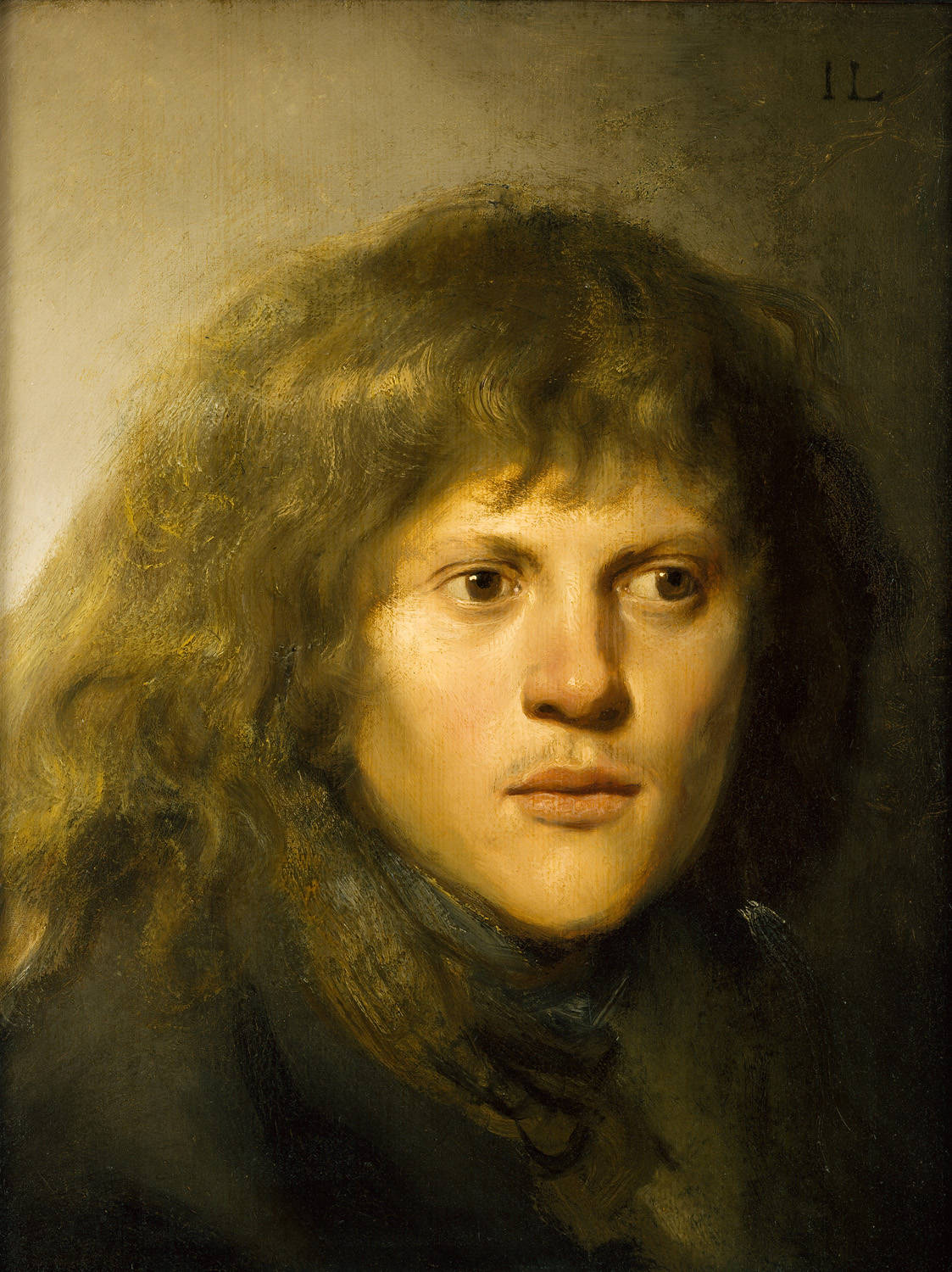
Jan Lievens was a Dutch painter, draughtsman, and engraver of the Golden Age and a member of the Guild of St. Luke in Antwerp.
It is known that while still very young, at the age of twelve, Lievens already created skillful paintings that amazed art lovers of Leiden. He was later friendly with Rembrandt, shared a studio with him, and painted in a similar style. Lievens was also a court painter in England and elsewhere.
Jan Leavens created genre scenes, landscapes, ceremonial portraits and sketches on various themes, as well as religious and allegorical images, which were already highly valued during his lifetime.







![NICHOLAS I. A GRANT OF NOBILITY AND ARMS [GRAMOTA] in favour of Count Yakim Vasilievich Mashlykin (1774-?), creating him Count of the Russian Empire with his own arms, signed in Cyrillic ‘Nicholas’ and dated 29 April 1838](/assets/image/picture_1874092/9010c/f8e31cbaaca3c13be1212d61c47a0fd51638140400jpg__fix_374_244.jpeg)
![NICHOLAS I. A GRANT OF NOBILITY AND ARMS [GRAMOTA] in favour of Count Yakim Vasilievich Mashlykin (1774-?), creating him Count of the Russian Empire with his own arms, signed in Cyrillic ‘Nicholas’ and dated 29 April 1838](https://veryimportantlot.com/assets/image/picture_1874092/9010c/f8e31cbaaca3c13be1212d61c47a0fd51638140400jpg__fix_374_244.jpeg)


















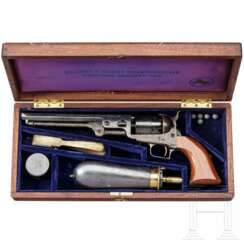

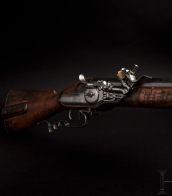


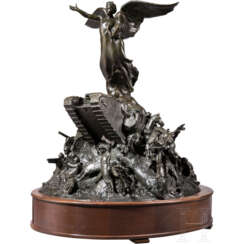






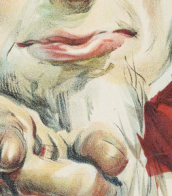






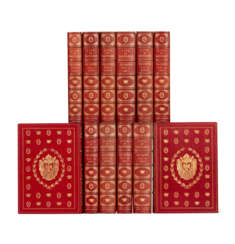






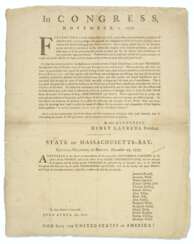











![Georg Matthaeus Seutter | Atlas Novus, Vienna, 1730 [but slightly later], fine hand-coloured maps](/assets/image/picture_3553109/b1d41/yspc3vopast5vu1ma0lzreqghwaerqt2ucnaizrgmcay5fqdbkpu7zhjkjno7l1d1699098514jpg__fix_374_244.jpeg)
![Georg Matthaeus Seutter | Atlas Novus, Vienna, 1730 [but slightly later], fine hand-coloured maps](https://veryimportantlot.com/assets/image/picture_3553109/b1d41/yspc3vopast5vu1ma0lzreqghwaerqt2ucnaizrgmcay5fqdbkpu7zhjkjno7l1d1699098514jpg__fix_374_244.jpeg)




